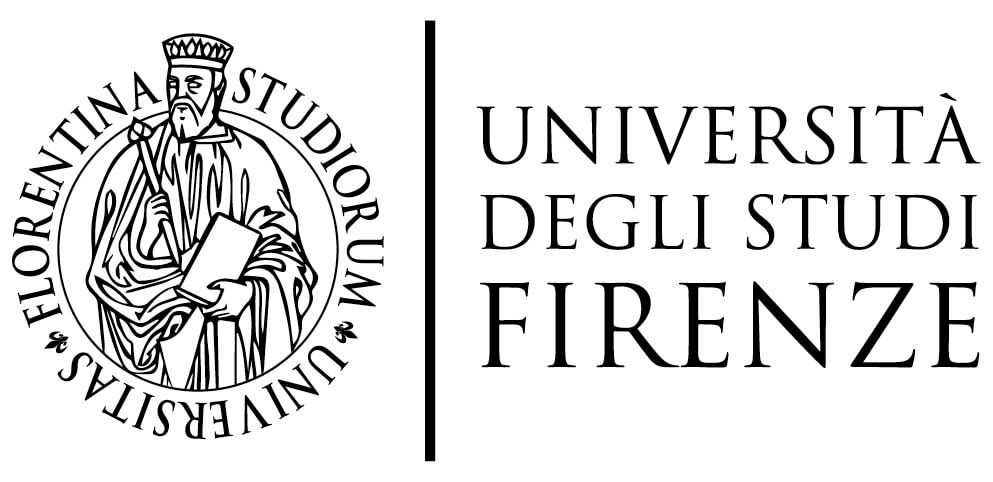Severan
Monumentalizing Suburban Rome: military and political regenerations of the Eastern Caelian (3rd century)
The late 2nd and 3rd centuries represent a key phase in the gradual monumentalization of the Eastern Caelian, when the district underwent a process of transformation that changed forever its nature, from a suburban, mainly residential area, to an urban, monumental quarter, with military camps, an imperial residence and the limits of the new city walls to define them. This is also the period where the fundamental structure of the urban fabric of the quarter that we see today was established.
In a political moment increasingly dominated by military presence, Septimius Severus made the unusual move to establish a new royal residence among his soldiers, setting up a suburban residence, known as the Horti Spei Veteris, gradually equipped by him and his successors with spaces for imperial performance and dynastic display, such as a large reception hall, the Circus Varianus and the Castrense amphitheatre (Area 3). The residence was surrounded by the emperor's guards, settled in the newly built Castra Nova Equitum Singularium (Area 1) complementing the Castra Priora (Area 7).
The move transformed the district into a suburban royal quarter, doubled the military presence in the area and created a palace where access to the court from the city centre was militarily controlled. It also had deep consequences not just on the urban fabric of the district, its viability and accessibility, but also on the survival and transformation of its existing properties.
Ideological reasons may have contributed, amongst other more practical reasons, such as military presence, to the choice of the Eastern Caelian as the new imperial district on outside the city: the need for dynastic legitimation brought Septimius Severus to claim to the Antonine heritage through a retrospective adoption by Marcus Aurelius (Cassius Dio, 77.4; 76.9.4; SHA Severus, 10. 3-6) and the presence of the maternal house of Marcus Aurelius in the Horti of Domitia Lucilla nearby (Area 2) may have been deemed relevant enough to influence the emperor's decisions.
The process of transformation of the quarter from suburban to urban was finally completed at the end of the 3rd century, when the construction of the Aurelian walls (Area 9) incorporated the region into the new religious and administrative limits of the city.
Through a careful assessment of the existing archaeology and Rome Transformed will seek to demonstrate that the transformation of the Caelian into a new, Severan citadel and its later incorporation into the Aurelian Walls transformed what was previously seen as a peripheral area into a stronghold of imperial power, laying the foundations for the Constantinian renewal of this portion of the city.
In order to assess the centrality of the Caelian in Severan dynastic ideology and to discuss the impact of the political and military regeneration of the quarter on the existing urban fabric during the 3rd century, the project will tackle four main questions.








